Whenever Buddhist culture is the central theme of a decorative art, it is likely that it will consist of iconographic elements full of symbolism linked to the middle path ( majjhima patipada ) that led Siddhartha Gautama to become Buddha Shakyamuni (the Historical Buddha ) with the enlightenment . In Mahayana Buddhism , this awakening to full awareness of the universe was sought by some disciples called Bodhisattvas or Bodhisattvas . which in Sanskrit means sentient beings seeking awakening.
The desire to attain Buddhahood ( bodhicitta ) made them prone to fully experience wisdom and compassion for all that exists. And when they reached the highest level, they became Bodhisattvas-mahasattvas , the sublime state closest to Buddha , they were able to transmit important qualities of Buddhist philosophy so that all beings could also enlighten themselves.
Among the Buddha 's entourage, 8 Bodhisattvas are among the most relevant and, although they are not so present in Buddhist art , they inspire the images of Buddha that we know today. This is because representations of Bodhisattvas are usually not iconic, that is, they do not have color, posture or attributes. Even so, for each one we chose a type of Buddha that connects with their essence and presents the values they brought to the world.
Mañjushri - The Buddha of Wisdom

Manjughosa , Gentle Glory and Gentle Voice are some other names of Mañjushri , the Bodhisattva of Great Wisdom and He who is Splendid and Auspicious. Venerated in India before the second century AD, the period when Mahayana texts were translated into Chinese by the monk Lokaksema , he is considered the personification of prajna - that is, discernment, wisdom and perfect clarity.
He is also known as the Prince of Dharma , who with the flaming vajra sword frees beings from ignorance, attachments and illusions to allow ascension to the enlightened state. The gilding of the decorative sculpture is extremely symbolic and emphasizes that in Buddhism, wisdom is one of the most valuable virtues in existence.
Vajrapani - The Buddha of Power

Vajrapani is the embodiment of Buddha's ability and power , which, in other words, is the force that converts and protects Buddhism in the face of obstacles. He is one of the first and most important Bodhisattvas , although he is not, apparently, meditative and serene. Its presence in Zen decoration is centuries old, marked by the image of a warrior surrounded by fire, a symbol of transformation. This is also why it represents Buddha's protector in Buddhist literature and inspires concentration and determination in meditative practices.
Like other Bodhisattvas (vide Bhaisajyaguru ) , is constantly interpreted in Buddhist art with the color blue, especially in Tibet. Dark blue is associated with the myth of Amrita , the elixir of life, where one ingests it contaminated by the Halahala poison. It is the symbology of healing, that both the poison and its antidote can be found within each one.
Avalokiteshvara - The Buddha of Compassion
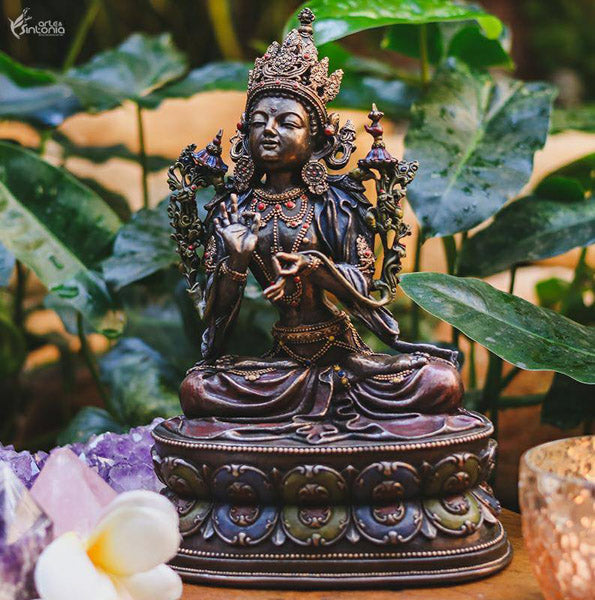
In Sanskrit, Avalokitesvara can be translated as the “Master who beholds the world” and the same sense of compassion and loving-kindness is given to many other manifestations of this Bodhisattva of Infinite Compassion . One of the most beloved in Buddhism , sometimes considered the avatar of Amitabha ( Buddha of Infinite Light ), he is able to assume different forms in order to alleviate the suffering of all beings and guide them to enlightenment. It is due to this ability to reach that the myth that surrounds him characterizes him with a thousand arms and 11 heads.
In Zen Buddhism it is symbolized by Kanzeon or Kannon Bodhisattva , revered in the Lotus Sutra of the Wonderful Law . In the Chinese tradition, it is called Kuan Yin or Guan Yin and is portrayed in the female figure as “The one who hears the cries of the world” or, simply, the Goddess of Compassion and Mercy . Being a powerful symbol of purity, its image promotes the purification of being for awakening.
Maitreya - The Buddha of the Future

The only Bodhisattva who has not yet experienced the earthly experience is called Maitreya - the lover in Sanskrit. He is the Buddha of the Future , successor of Shakyamuni Buddha , according to his own prophecy. In it, the Buddha describes that when Maitreya , who lives in the celestial realm of Tusita , becomes enlightened, he will contemplate the impermanence of things or the transitory nature of the world in a period of heavenly longevity, ease and joy.
Loving kindness and benevolence towards all beings are the essence of this Bodhisattva , whose imagery representations vary according to the artist and the Buddhist branch. It is not uncommon to see him associated with the figure of the Fat Buddha or Smiling Buddha ( Shichi Fukujin ), one of the 7 Japanese gods of good luck . In Chinese Buddhism, Hotei is another manifestation commonly associated with Maitreya , who is characterized as sitting, waiting for his coming into the world.
Samantabhadra - The Primordial Buddha

Aspiration prayers and offerings in Buddhist practice are especially guided by Samantabhadra , the Universal Worthy One or Bodhisattva of Universal Goodness . His 10 vows are representative of a Bodhisattva 's mission and encourage Buddhists to hone their conduct with humility, respect and compassion. Emphatic contemplative practice and virtues made him part of the Shakyamuni Trinity alongside Gautama Buddha and Mañjusri .
In Esoteric Buddhism ( Vajrayana ), very popular in Tibet, it assumes the form of the Primordial Buddha , the personification of divine consciousness and knowledge. Nevertheless, he is depicted holding or sitting under a lotus flower , a symbol of purity and spiritual elevation. In the most distinguished artistic interpretation it appears with a female counterpart, Samantabhadri , together symbolizing wisdom that can be cultivated.
Sarvanivarana-Vishkambhin - Buddha's Remover of Obstacles

Sarvanivarana-Vishkambhin is considered the B odhisattva Complete Remover of Obscurities due to its ability to purify actions, remove internal and external obstacles, and promote successful meditation . The word Nivarana that integrates his name refers to the five distractions or mental obstacles ( kleshas ) that obstruct so that everyone can reach enlightenment . They are: laziness and torpor ( thina-middha ), desire ( kamacchanda ), ill will ( vyapada ), doubt ( vicikiccha ), and restlessness and regret ( uddhacca-kukkucca ).
The purifying quality of Sarvanivarana-Vishkambhin converts its mantras into powerful aids to improve focus and meditate without distractions. This is why he is often depicted in a meditative posture ( asana ) on a lotus flower as illustrated by this Buddha in the wooden mandala for wall decoration.
Kshitigarbha - The Buddha of Fertility

Most Bodhisattvas turned from becoming Buddhas to helping all beings achieve enlightenment. Such is the Bodhisattva of the Fertility of the Earth , Kshitigarbha , also considered the Treasure of the Earth, the Womb of the Earth or the Essence of the Earth. He dedicates himself to accessing the most difficult places, including hell (the lowest of the 10 Dharma realms), to support all who suffer. It is not surprising that his image is found sheltering the ashes of the deceased in cemeteries and monasteries.
In the Buddhist traditions of China and Japan he is known as Dizang Pusa or Jizo , the Protector of Children, respectively. Its decorative sculpture resembles that of a monk, given its simplicity, who holds the Cintamani stone in his hand - a jewel that has the power to light up the darkness. And that's why this Buddha table lamp was chosen to translate the essence of this enlightened being.
Akashagarbha - The Embodiment of Buddha's Blessings
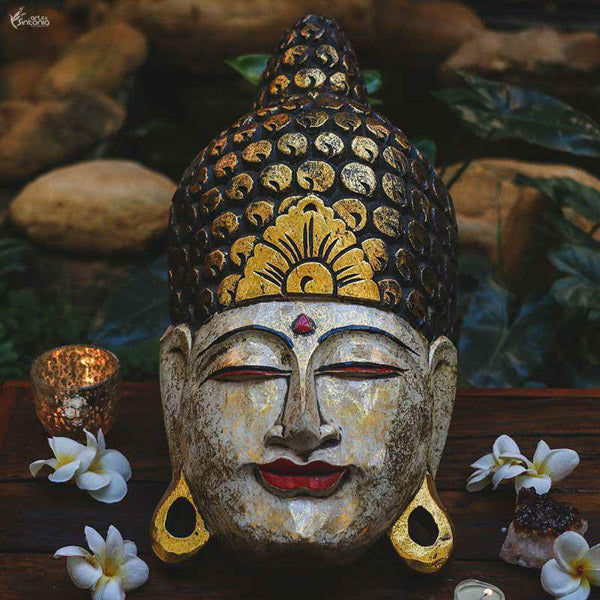
Bodhisattva Akashagarbha represents the "Treasure of Boundless Space", the "Core of Space" or the "Storage of Emptiness" - counterpointing the earth association of his twin brother of Ksitgarbha . It symbolizes the blessing of Buddha 's Perfect Wisdom in all that exists, being as limitless as space. Through it it is possible to purify transgressions to eradicate ignorance and develop discernment.
The belief that chanting his name, mantra or having his image promotes wisdom and creativity made him the patron Bodhisattva of artisans. Akashagarbha is also extremely important in the founding of Shingon Buddhism , being one of the 13 deities of the “True Word” School. It is corresponding to these merits that it is constantly illustrated with much ornamentation; although, each iconographic detail, like the Buddha's head, presents its own story and symbology in Buddhism .
Even if you don't have the image of a Bodhisattva for interior decoration , it's up to you to carry out the exercise of perceiving the essence they promote in Buddhist philosophy in everything that exists. We focus on Buddha images, but there are other Zen arts in our online store that will equally transform the environment and take you closer to the path of enlightenment.
Namaste!
Milene Sousa - Art & Tune


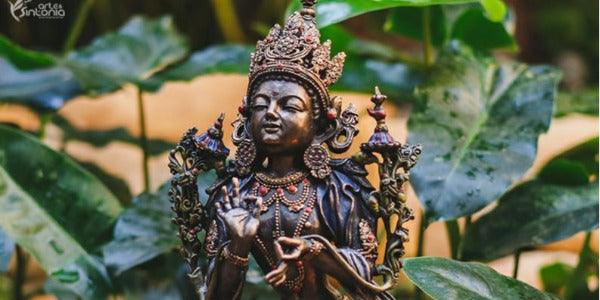
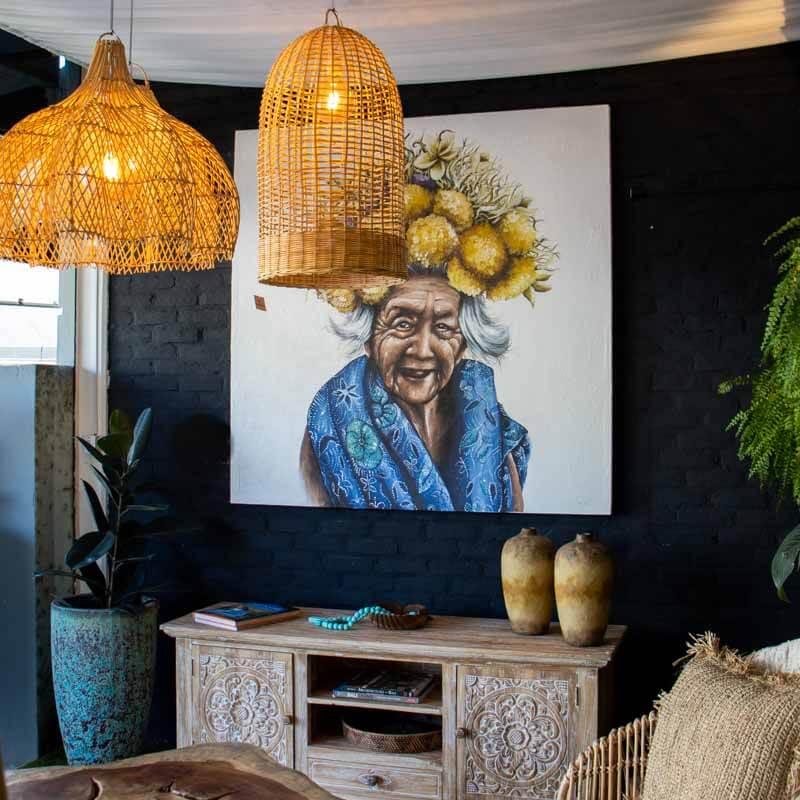
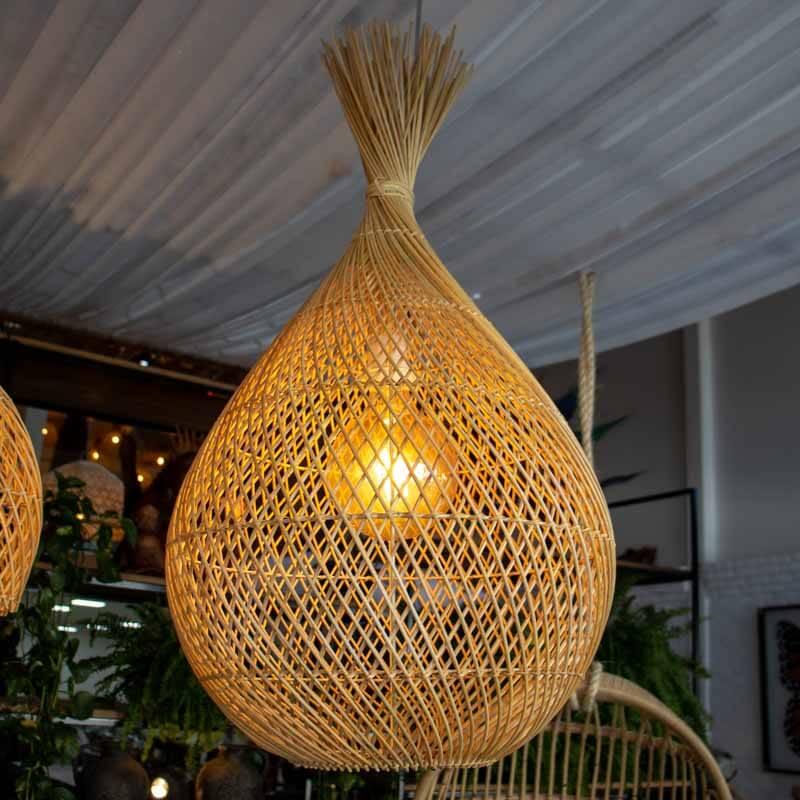

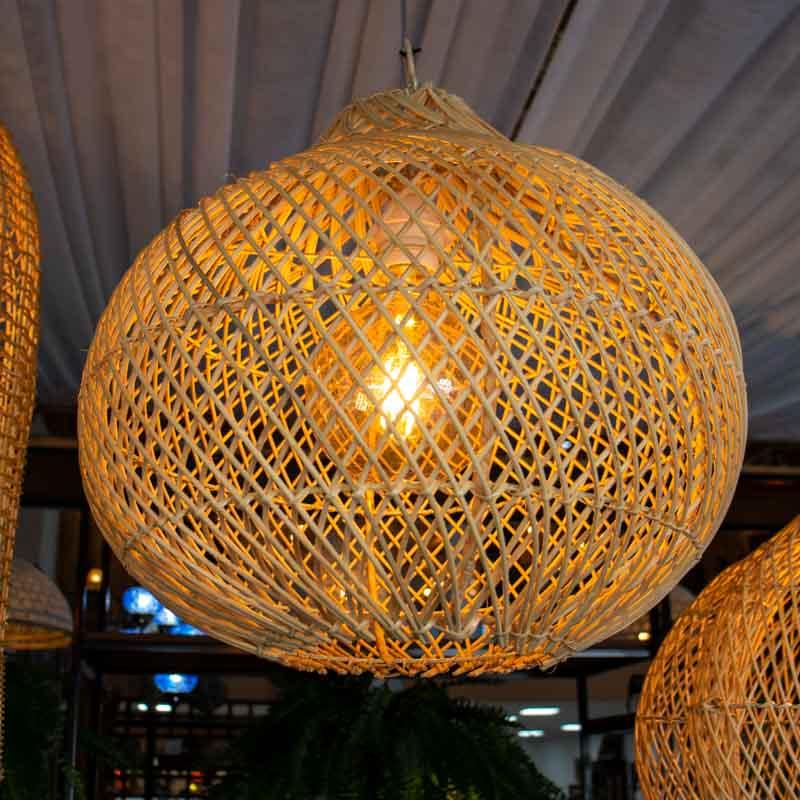
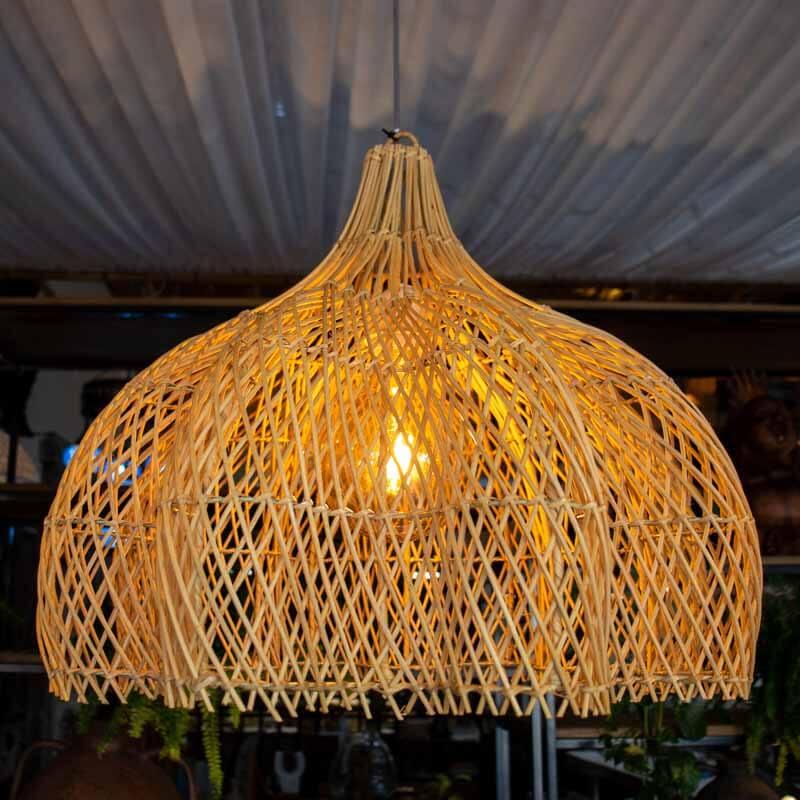
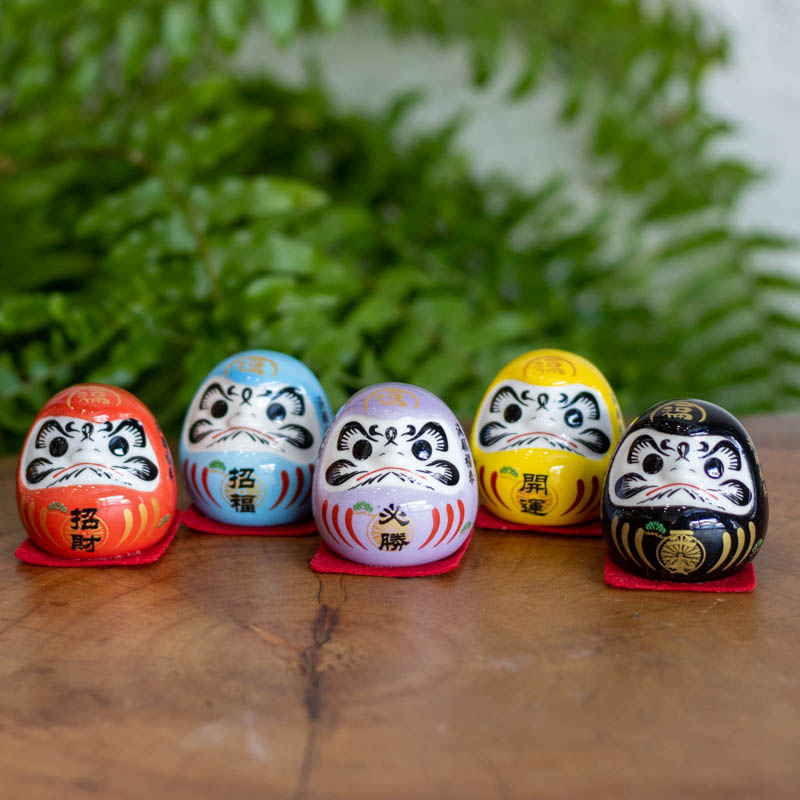
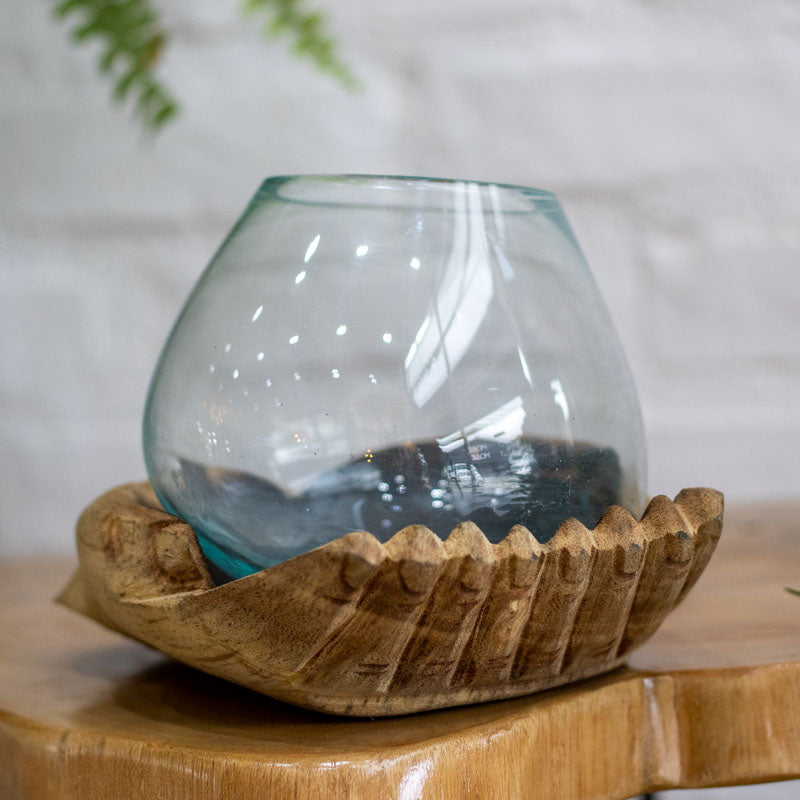
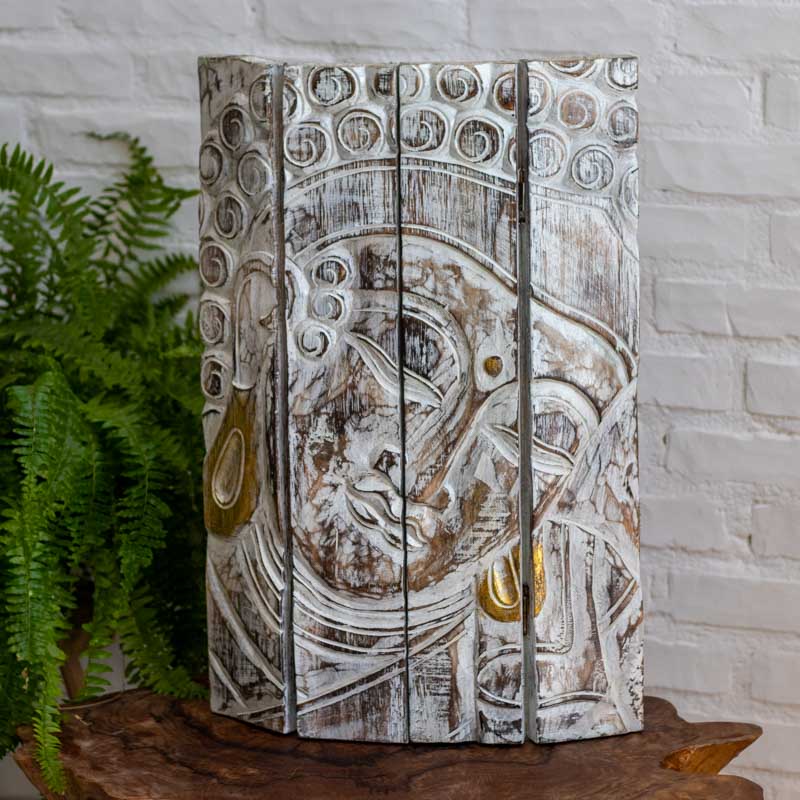
5 comments
Visa
[url=http://www.gs6fq02yg8rfiv9ry11387bxo615w126s.org/]uwfsbxocvyx[/url]
wfsbxocvyx http://www.gs6fq02yg8rfiv9ry11387bxo615w126s.org/
awfsbxocvyx
Visa
btnsiqjle http://www.gr73om24533cj93a593y71jf6cdba7bzs.org/
abtnsiqjle
[url=http://www.gr73om24533cj93a593y71jf6cdba7bzs.org/]ubtnsiqjle[/url]
Visa
bpbmdysks http://www.g372cjc69j74c5915whw4523qy9hqeuks.org/
[url=http://www.g372cjc69j74c5915whw4523qy9hqeuks.org/]ubpbmdysks[/url]
abpbmdysks
Visa
pqjqbknt http://www.g23z41777x2iv2gl27yi6vz66odnq05os.org/
[url=http://www.g23z41777x2iv2gl27yi6vz66odnq05os.org/]upqjqbknt[/url]
apqjqbknt
🌞 Incrível!! Gratidão por esclarecer com tamanha riqueza! 🌈💎🤍🌾✌🏻✨